On Social Media , all most all controversies just boil down to pro modi / anti modi discussions. It could be about the national plan for vaccinations or it could simply be choosing samosa over pizza. Strangely, a wide spectrum of people with totally different ideologies or cultural backgrounds are united in their hatred for Prime Minister Modi.
What is common between Farhan Akhtar and Mamata banerjee; between Swara Bhaskar and Asauddin Owaisi ; between Sashi Tharoor and Thol Tirumavalavan ? They all harbour visceral hatred for our Prime Minister. There is hardly anything else common. You may say they are all Indians. Add Greta Thunberg ,Rihaana Who or Mia Khalipha and you find that the hatred has gone international.
Another point to note is that as long as BJP was not winning too many elections and was no threat to the power at the centre, they were just considered by the elite as untouchable , worthy of contempt but not hatred . Now, BJP under Modi is steadily winning elections at the centre , state and local bodies and the hatred is palpable.
BJP being elected to power something that the haters cannot stomach. The irony is that different people hate Modi for different reasons.
First let us take our MSM , the main stream media. The media personalities considered themselves gods under UPA. The infamous radia tapes , well suppressed by the media , brought out the clout media had on political happenings including cabinet formation. The issue is not if the script is real or fake , but the unethical influence of media on formation of govt. Nobody seems to deny that people like Barkha Dutt , Rajdeep Sardesai or Pranob Roy were close to the seat of power. Padma awards were routinely awarded to these journalists and so were other perks. When PM went abroad, he took along this entire lot at govts cost.
Under the present regime, all these perks dried up. PM is often accused of avoiding press conferences. Why should he speak to these elite lords and ladies of the press when they neither understand nor care for the vast majority of non-English speaking Indians? Our PM is particularly articulate when he addresses the common man; why risk his words being twisted by these knaves to meet their own agenda ?
Well, the bottom-line is that English speaking , Macaulay putr/putri MSM harbours a visceral hatred for PM .
Then we have our pseudo-intellectuals who often equate English speaking and phoren degrees with intellectualism. They are put off by Modi for his rural background.
About the minorities, which do not include the real minorities like Jains or Parsis , less said the better. Their unspoken hatred for Hindus surfaces when they see him wearing his religion on his sleeves. So far, it was only the privilege of the minorities. In short , they hate him for being a proud Hindu.
Then we have the Dravidians , who call themselves secular, yet look at every issue through the prism of caste ,religion and race. To them Modi represents the Hindi speaking Aryan . It does not matter that Modi is not from the parpanar caste nor that his mother tongue is not Hindi. So is it with Amit Shah where it does not not matter that he is from Non hindi speaking minority community.
Why does Bollywood hate Modi ? It’s rather difficult to figure out; except that Bollywood has its own culture of minority worship and majority bashing. With the kind of obscene amounts money that is sloshing around from narcotics and other illegal activities, the politician-police-underworld nexus is particularly strong in Mumbai and film personalities are very much part of this eco-system. It doesn’t help that there is a huge ‘gulf‘ between Bollywood and Sanathan Dharma. The last celebrity who went about as a proud practising Hindu was Gulshan Kumar . We know what happened to him . He was killed in a Mandir for refusing to pay extortion money.
Whatever, from vocal critics like Farhan Akhtar , Swara Bhaskar to an aspiring starlet, they all hate our PM.
About INC leaders, it is obvious that they would oppose the Govt, but the special hatred they reserve for that one man is too unique to be missed. In the run up to the 2014 general elections, I distinctly remember Mani Shankar Aiyar in one of the TV Debates. He could see the writing on the wall that Congress would lose, but kept maintaining that BJP would also be giving them company in the opposition benches. he was particularly happy that BJP was led by Narendra Modi. That’s when he made the chaiwala statement in his arrogance that BJP led by Modi could never win. Moreover the congress had great confidence in the ‘maut ka saudagar‘ image they had built carefully for Modi. Those days I did believe NDTV , but seeing their brazen partisan reporting these days ,I can only surmise that in 2002 they just cleverly camouflaged their bias.
Congress has still not come to terms that someone who they dismissed as chaiwala at best or maut ka saudagar at worst could be elected through popular mandate. Here their hatred for Modi also becomes hatred for the country that voted for him. How else can you explain Rahul Gandhi appealing to US for overthrowing this govt.
Last but not the least we have an elite class in the country who hate Modi. They do not come under any of the above categories but could be identified by their affinity for the West. They speak like them (faked accent) , dress like them and behave like them. Most of them have earned their money in dollars or are still doing. They live in a gated community moving from hotel lobbies to airports in Chauffeur driven cars. They dislike almost anything desi from food and drinks to TV Shows to Desi Vaccines.
Then why are they here ? It is only in India they can have a section (an infantry section has 10 soldiers) of foot soldiers waiting on them hand and foot. For healthcare , they don’t have to wait for months or years like in Canada or go to a private hospital that cost a bomb like in the US. It is in India they can walk their western dogs (anything desi they wouldn’t touch with a barge pole including flora or fauna) and yet don’t have to stoop to pick up the poop. Why , they can even hire a desi hand for walking their dogs.
This lot simply cannot forgive Modi for being a Desi. During the Pandemic they realised that they had to rub shoulders with desis for hospitals and oxygen which was just not acceptable.
A lot of people call Modi a polarizing figure. Why ? what has he said or done to polarize ? People like Asaduddin Owaisi, Bal Thackeray, or even Sonia Gandhi, Mani Shankar Aiyar and recently Mamata Banerjee have said things far more polarizing. Well, all that Modi has done is to win elections despite being an unapologetic Hindu, just being himself .
In this great Indian hatred many important issues that are lost :-
(a) For the first time we have a govt that is not involved in any corruption scam! This is a big achievement in India where Former PM Rajiv Gandhi had once said only 14 paisa from every rupee spent by the govt reaches the beneficiary.
(b) For the first time, cleanliness is an issue. I can see the visible changes in Indore, not only on the streets but in behaviour of people. I agree we have a long way to go; but even the longest journey starts with the first step.
(c) For the first time we are thinking of an universal health scheme ; Ayushman Bharat.
(d) For the first time the govt is working on of universal access for cooking gas and piped water supply.
(e) Right or wrong, we have a govt trying seriously to solve problems like J & K issue , illegal immigrants , Ramjanmabhoomi , labour reforms, agricultural reforms etc that have plagued the country for decades.
These views would definitely qualify me to be called a Sanghi in decent or not so decent terms. But then , having been through the social media for over a decade, today Sanghi would be a Title I would wear proudly on my sleeve. A Sanghi who has never been to a Shakha.
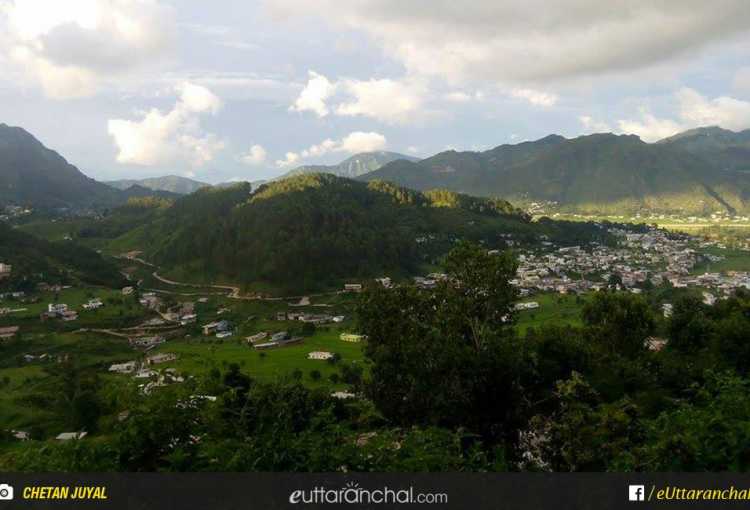
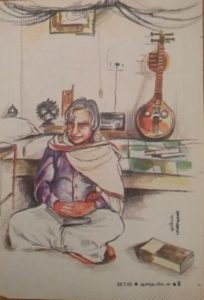
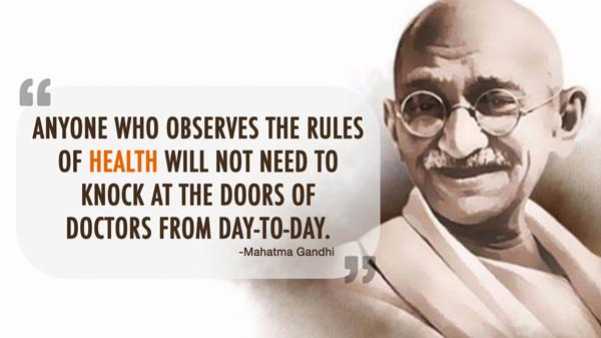 Today, for diagnosis , emergencies, and trauma care , allopathy is definitely far ahead of any other system. In preventive health care and non intrusive therapy, Ayurveda scores. Unfortunately , only people who cannot afford the high cost of western system of therapy opt for the native one.
Today, for diagnosis , emergencies, and trauma care , allopathy is definitely far ahead of any other system. In preventive health care and non intrusive therapy, Ayurveda scores. Unfortunately , only people who cannot afford the high cost of western system of therapy opt for the native one.  A point that is very much debatable is the ethical side of the western system. It encourages people to break every rule of healthy living as they believe health can be bought from Hospitals and to a great extent, it is true. Health is bought and sold by Hospitals though the rates are driven by insurance and pharma companies .
A point that is very much debatable is the ethical side of the western system. It encourages people to break every rule of healthy living as they believe health can be bought from Hospitals and to a great extent, it is true. Health is bought and sold by Hospitals though the rates are driven by insurance and pharma companies .
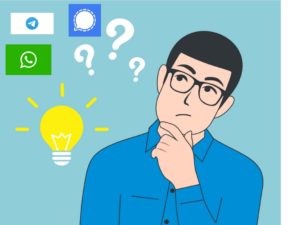 At the time of writing this post , the users of WhatsApp, Telegram and Signal are over 2 billion,over 500 million and 10-20 million respectively.
At the time of writing this post , the users of WhatsApp, Telegram and Signal are over 2 billion,over 500 million and 10-20 million respectively.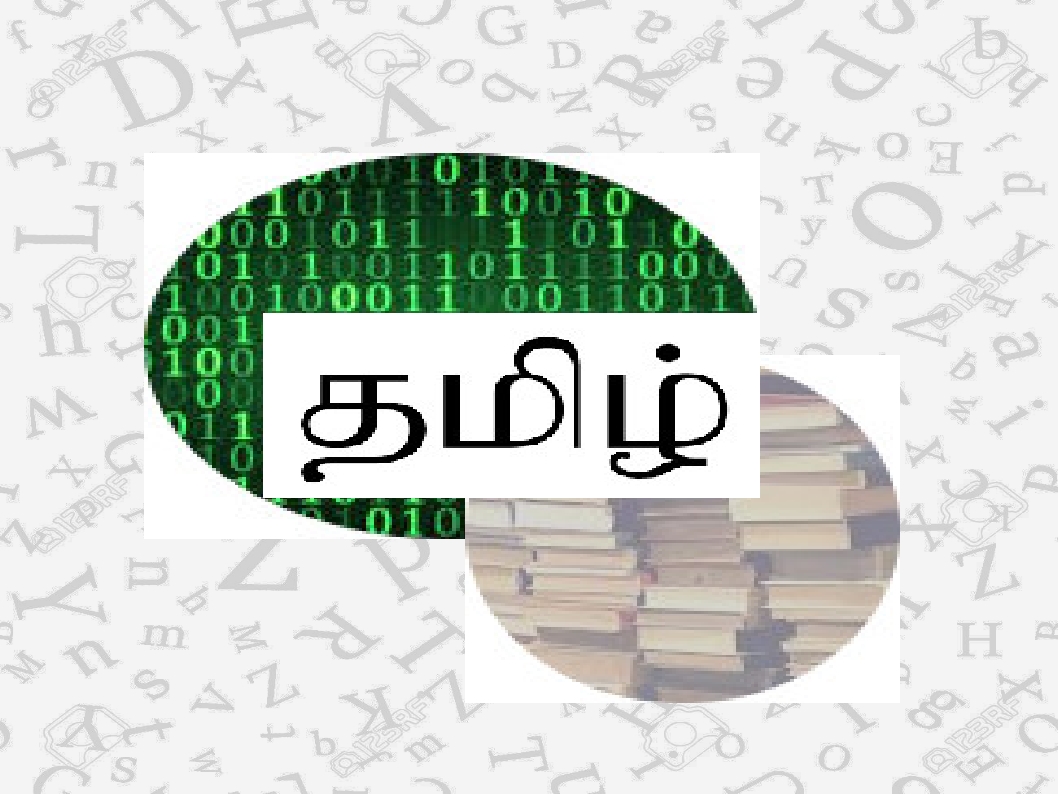
 The internet, to a great extent, has thrown open all resources to the world , to acquire knowledge. The days of intellectual tyranny are over. Anybody with time and inclination to learn, can learn just about anything, with no conditions attached. One is not disadvantaged by lack of money or lack of a teacher. One just needs to find time and anyone can emulate Eklavya, probably the first student in a virtual classroom; the net itself will act as the formless virtual guru.
The internet, to a great extent, has thrown open all resources to the world , to acquire knowledge. The days of intellectual tyranny are over. Anybody with time and inclination to learn, can learn just about anything, with no conditions attached. One is not disadvantaged by lack of money or lack of a teacher. One just needs to find time and anyone can emulate Eklavya, probably the first student in a virtual classroom; the net itself will act as the formless virtual guru.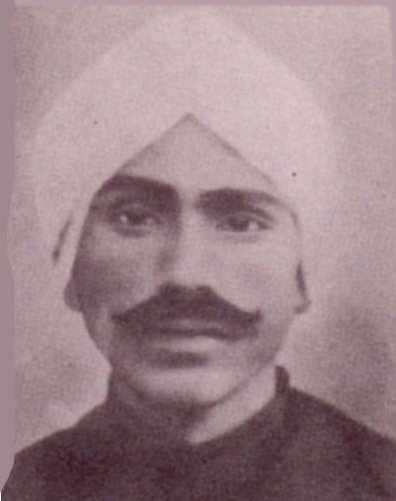 Bharathiyaar always addressed gods and goddesses in very familiar terms; many a time using words of endearment rather than supplication; words like காதல் , மையல் ,மோகம் and so on,that are generally used in love songs. That’s the tone of his poem,”மூன்று காதல் ” or three love affairs. It’s only too apt to talk of these ‘love affairs’ during navaratri celebrations .
Bharathiyaar always addressed gods and goddesses in very familiar terms; many a time using words of endearment rather than supplication; words like காதல் , மையல் ,மோகம் and so on,that are generally used in love songs. That’s the tone of his poem,”மூன்று காதல் ” or three love affairs. It’s only too apt to talk of these ‘love affairs’ during navaratri celebrations .

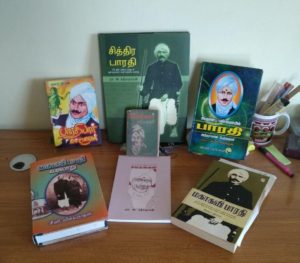 Most of us have come across many of the popular works of Subramanya Bharathi in books, Music albums or Movies. But that gives very little idea of the great man he was , for he was not just a poet but a philosopher, a freedom fighter and a social reformer and most importantly, a thinker far ahead of his times. As a polyglot with a very broad world view , he has also read up a lot on other languages including English and French and has done a lot of translation work. His personality was too multifaceted to be understood through studying a few of his works.
Most of us have come across many of the popular works of Subramanya Bharathi in books, Music albums or Movies. But that gives very little idea of the great man he was , for he was not just a poet but a philosopher, a freedom fighter and a social reformer and most importantly, a thinker far ahead of his times. As a polyglot with a very broad world view , he has also read up a lot on other languages including English and French and has done a lot of translation work. His personality was too multifaceted to be understood through studying a few of his works.